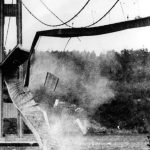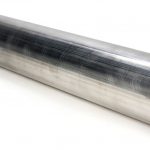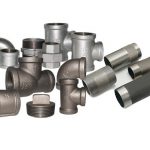Properly repairing pipe is a crucial part to ensure piping systems provide long-lasting and reliable service. In this article, you will learn about applicable code and specifications pertaining to pipe repair, modes of failure, methods of repair, and proper maintenance.
Pipe Repair Codes and Specifications
The rules governing pipe repair pertain to the codes under which the pipe was built.
| Construction Code | Applicable Piping Repair Details |
| ASME B31.1 – Power Piping | ASME B31.1, Nonmandatory Appendix V – Recommended Practice for Operation, Maintenance, and Modification of Power Piping Systems |
| ASME B31.3 | API 570 – Piping Inspection Code: In-Service Inspection, Rating, Repair and Alteration of Piping Systems |
| ASME B31.12 | ASME B31.12, Chapter GR-5 – Operation and Maintenance |
| Other Codes | Must match requirements for new construction |
Modes of Failure
Pipe fails for several major reasons: fatigue, process incompatibility, poor craftsmanship, corrosion, and external stresses. Understanding how these factors lead to pipe failure allows users to ensure pipe failure does not occur again.
Fatigue
Fatigue failure is the fracture that occurs in a material as a result of prolonged loads. The most common fatigue factor seen in piping is known colloquially as a water hammer, or a pressure surge that propagates through a piping system. This pressure surge most frequently happens when the direction of a fluid changes abruptly.
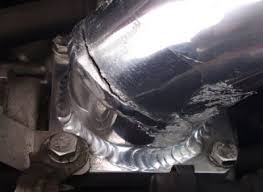
Prior to repairing a pipe that breaks due to fatigue, care should be taken to ensure this mode of failure does not occur again. Vibration dampeners, expansion joints, additional support, and redesign are all viable options to prevent further fatigue conditions.
Process Incompatibility
Improperly specifying a pipe for service may result in an undesirable outcome. Pipe erosion occurs when process fluids do not mix well. This type of failure tends to be gravely concerning as it often requires complete replacement of the pipe with another, better material. A cheaper option than removing and replacing all pipe runs substitutes the incompatible process media with compatible process media. Naturally, this option is not always available.
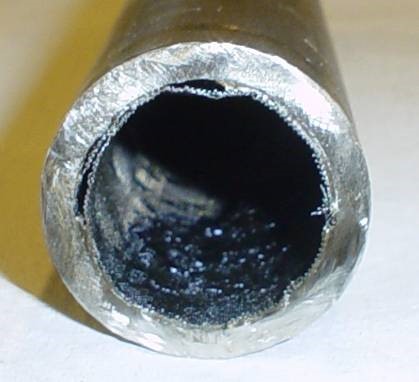
Poor Craftsmanship
A well-maintained fabrication shop avoids poor craftsmanship issues by employing certified welders, specifying a strong quality plan, and properly administered NDE. Nonetheless, pipes may circumvent these quality checks and fail from poor welds and assembly processes. In such an instance, the asset owner and equipment provider jointly agree upon a rework plan. The rework plan must involve the entire piping system and specify NDE requirements.
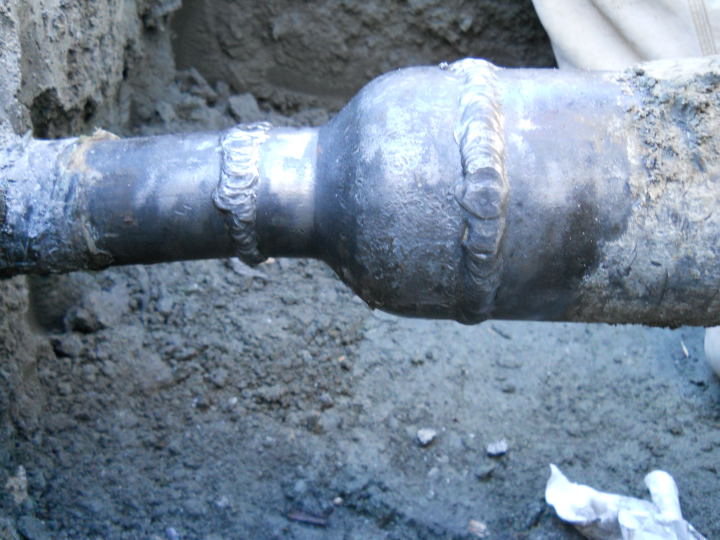
Corrosion
Internal corrosion concerns typically stem from process incompatibility. External corrosion occurs from improper coating applications, poor coating specifications, or a combination of the two factors. Improper coating applications are numerous, and by corrosionpedia.com’s count, ranges up to 42 different ways of misapplying coating.
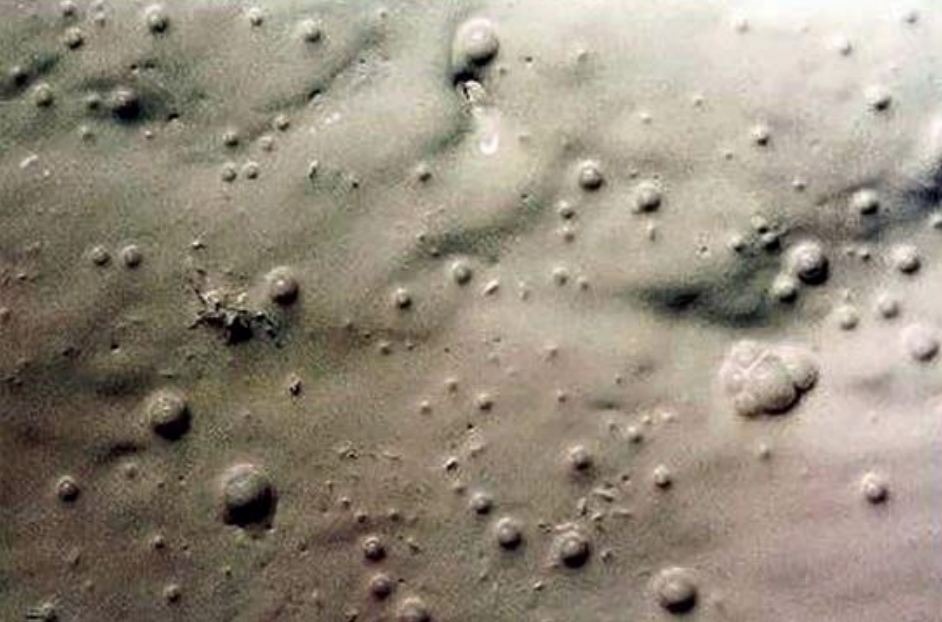
External Stresses
Frequently pipes are not properly supported in service. This results in sagging pipes, leading to eventual breakage and/or leakage. Other external stresses present as machinery or misaligned couplings that impose static or dynamic stress on piping or fittings.
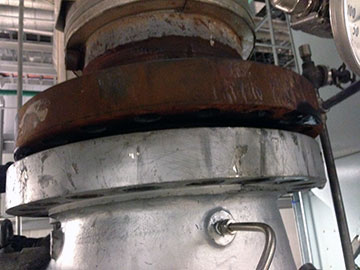
Yet another source of external stress may be atmospheric pressure or temperature adversely affecting the process media. When atmospheric pressure or head pressure becomes too low, pump cavitation may result, thus leading to water hammer and other dynamic and unexpected forces. When external barometric pressure rises, phase changes may result in physical changes in process media, and internal pressure rises. Extreme temperatures also result in phase changes. Frozen process media often results in burst pipes.
Methods of Repair
Repair methods for pipes depend on the type of piping connection and material. There are generally four types of piping connections: screwed, threaded, socket weld, and flanged. The connection type, in accordance with the material, dictates how the pipe must be repaired.
Most maintenance technicians perform piping repairs in place. The piping specification determines connection requirements and repairs to existing piping must follow the piping code and specification. TIG, MIG, or stick welding are frequently utilized repair methods for metal pipe. Other welding types such as SAW and ERW may also be used. Plastic pipes see fusion welding frequently, and low criticality applications such as PVC simply glue together. Pipes in air service often thread together.
Maintenance
In order to ensure a long-lasting piping system, operating precautions must be followed. The following steps ensure piping system longevity.
- Installed pipe must comply with all codes and standards and pass all quality tests.
- Pipe insulation type and thickness must comply with all requirements for personnel protection and heat retention.
- Proper specification of heat tracing requirements ensures process integrity.
- Periodic visual inspection of pipe ensures coating integrity, absence of leaks, and proper insulation requirements are maintained.
